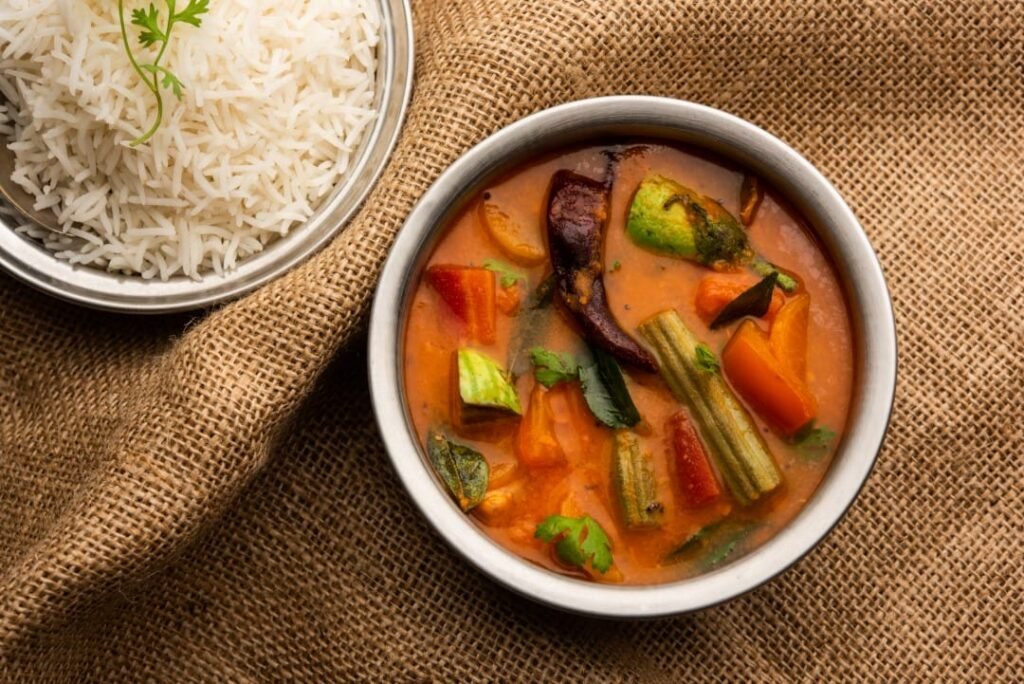
Introduction:
Welcome to the flavorful world of South Indian cuisine, where sambar reigns supreme as the ultimate comfort food. Whether you’re a novice in the kitchen or a seasoned chef, mastering the art of making perfect sambar is a culinary journey worth undertaking. Join us as we embark on this delicious adventure, exploring traditional flavors, cooking tips, and secret ingredients to create an authentic taste of South India.
Understanding Sambar: A South Indian Staple
Sambar is a quintessential South Indian dish, beloved for its comforting flavors and versatility. It’s a hearty lentil-based stew, typically made with a tamarind broth and a medley of vegetables. This vegetarian delight is packed with nutrients and bursting with the aromatic spices that define South Indian cuisine.
Getting Started: Essential Ingredients for Homemade Sambar
Before we dive into the cooking process, let’s gather our ingredients. To make homemade sambar, you’ll need:
Toor dal (split pigeon peas)
Tamarind pulp
Mixed vegetables (such as carrots, potatoes, drumsticks, and eggplant)
Sambar powder (a blend of South Indian spices)
Mustard seeds, cumin seeds, and dried red chilies for tempering
Fresh curry leaves and coriander leaves for garnish
Cooking Tips for Perfecting Your Sambar
Now that we have our ingredients ready, let’s move on to the cooking process. Here are some essential tips to help you master the perfect sambar:
Cook the toor dal until it’s soft and mushy to achieve a creamy texture in your sambar.
Use freshly ground sambar powder or store-bought powder for convenience, ensuring a robust flavor profile.
Tamarind pulp adds a tangy kick to sambar. Adjust the quantity according to your taste preferences.
Temper mustard seeds, cumin seeds, and dried red chilies in hot oil to release their aromatic flavors before adding them to the sambar.
Don’t overcook the vegetables. They should be tender yet retain their shape for the perfect texture in your sambar.
Exploring Sambar Variations: From Traditional to Creative
While traditional sambar is a timeless classic, don’t be afraid to get creative and experiment with different variations. Here are a few ideas to inspire your culinary creativity:
Add a twist with coconut milk for a creamy sambar.
Incorporate seasonal vegetables for freshness and variety.
Enhance the flavor with a dash of jaggery or sugar for a hint of sweetness.
Experiment with regional variations from different South Indian states, each offering its unique take on this beloved comfort food.
Conclusion: Unlocking the Secrets of Sambar
Congratulations! You’ve embarked on a culinary journey through the vibrant flavors of South Indian cuisine and mastered the art of making perfect sambar. With our beginner’s guide, you now have the knowledge and confidence to recreate this comforting dish in your own kitchen, infusing it with authentic taste and homemade goodness.
So, what are you waiting for? Grab your apron, gather your ingredients, and let the aroma of sambar fill your home with warmth and flavor. Happy cooking!
